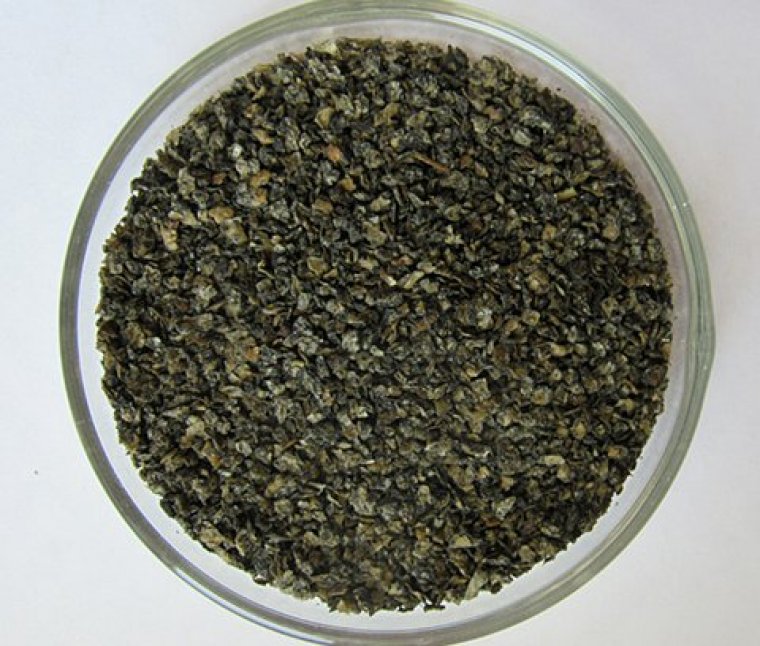| News / Science News |
A Purrr-fect Use for Soy Waste?
Scientists with the Agricultural Research Service (ARS) are building a better mouse trap when it comes to cat litter. And in the process, they hope to kill two birds with one stone.

ARS researchers have improved on an earlier biobased cat litter formulation using biochar from soybean hulls and a starch-based ingredient called amylose inclusion complex. Photo: Steve Vaughn/USDA-ARS
Cliches aside, the scientists' efforts are part of a broader effort at the ARS National Center for Agricultural Utilization Research in Peoria, Illinois, to develop new, value-added markets for U.S. crops and the waste generated from their harvest and processing.
In this instance, they've opened the door to a new commercial use for soybean hulls and other agricultural wastes that could yield a new, biodegradable litter that cuts down on the dust and the smell of cat urine when the felines tidy up after themselves.
Backlighting this prospect is the nearly $11 billion world cat litter market (2021) and yearly U.S. waste generation of more than 80 million pounds of soy hulls (2018) whose current primary use is in livestock feed.
Steve Vaughn, a plant physiologist with the ARS center's Functional Foods Research Unit, said the team began researching biobased cat litter formulations after learning of pet owner interest in alternatives to sodium bentonite, an absorbent swelling clay used in traditional clumping litters.
Initially, the team examined an alternative ingredient waste byproduct of corn-ethanol production, called "dried distillers' grains with solubles" (DDGS).
However, the scientists later found that flakes made from Eastern red cedar worked better, including when some of them were turned into a porous, charcoal-like substance called biochar, which absorbs MMB (3-mercapto-3-methylbutan-1-ol), the chief odor-producing compound in cat urine.
Now, the team has improved its litter formulation yet again. This time, the researchers used a starch-based ingredient with antimicrobial properties, called amylose inclusion complex (AIC), and discarded soybean hulls—processed into both 1-millimeter particles and as biochar.
Two other ingredients, guar gum and mineral oil, were also added to ensure proper clumping and minimal dust emission, such as when litter is poured into a box, disposed or kicked up by cats after relieving themselves.
In 2020 tests, the red cedar-based formulation eliminated all traces of MMB in air samples and cut the release of dust particles by 60 percent compared to traditional litters containing sodium bentonite clay.
The latest tests showed that the soybean hull-based formulation similarly reduced dust and odor and worked as well or better than four commercial biobased litters, including in categories such as absorbency.
Another feature that separated the soy-hull formulation from most of the other litters tested was its ability to tamp down the growth of certain molds and bacteria, which the researchers attribute to the AIC.
Future tests will evaluate its potential to inhibit the protozoan parasite Toxoplasma gondii, which can infect humans, cats and other animals. (Agricultural Research Service)
YOU MAY ALSO LIKE





